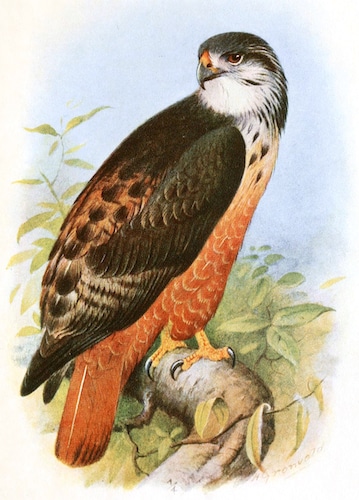Republic of Somaliland

Somaliland, officially the Republic of Somaliland, is a self-declared state, internationally considered to be an autonomous region of Somalia.
Somaliland lies in northwestern Somalia, on the southern coast of the Gulf of Aden. It is bordered by the remainder of Somalia (per international recognition) to the east, Djibouti to the northwest, and Ethiopia to the south and west. Its claimed territory has an area of 176,120 square kilometres (68,000 square miles), with approximately 4 million residents. The capital and the largest city is Hargeisa, with the population of around 1,500,000 residents.
Somaliland’s climate is a mixture of wet and dry conditions. The northern part of the region is hilly, and in many places the altitude ranges between 900 and 2,100 metres (3,000 and 6,900 ft) above sea level. The Awdal, Sahil and Maroodi Jeex (Woqooyi Galbeed) regions are fertile and mountainous, while Togdheer is mostly semi-desert with little fertile greenery around. The Awdal region is also known for its offshore islands, coral reefs and mangroves. A scrub-covered, semi-desert plain referred as the Guban lies parallel to the Gulf of Aden littoral. With a width of twelve kilometres (7.5 miles) in the west to as little as two kilometres (1.2 miles) in the east, the plain is bisected by watercourses that are essentially beds of dry sand except during the rainy seasons. When the rains arrive, the Guban’s low bushes and grass clumps transform into lush vegetation. This coastal strip is part of the Ethiopian xeric grasslands and shrublands ecoregion.
The rugged east-west ranges of the Karkaar Mountains also lie to the interior of the Gulf of Aden littoral. In the central regions, the northern mountain ranges give way to shallow plateaus and typically dry watercourses that are referred to locally as the Ogo. The Ogo’s western plateau, in turn, gradually merges into the Haud, an important grazing area for livestock.
Somaliland is located north of the Equator. It is semi-arid. The average daily temperatures range from 25 to 35 °C (77 to 95 °F). The sun passes vertically overhead twice a year, on 22 March and 23 September. Somaliland consists of three main topographic zones: (1). A Coastal Plain (Guban) (2) The Coastal Range (Oogo) (3) A Plateau (Hawd) The Coastal Plain (Guban) is a zone with high temperatures and low rainfall. Summer temperatures in the region easily average over 100 °F (38 °C). However, temperatures come down during the winter, and both human and livestock populations increase dramatically in the region.
The Coastal Range (Ogo) is a high plateau to the immediate south of Guban. Its elevation ranges from 6,000 feet (1,800 m) above sea level in the West to 7,000 feet (2,100 m) in the East. Rainfall is heavier there than in Guban, although it varies considerably within the zone. The Plateau (Hawd) region lies to the south of Ogo range. It is generally more heavily populated during the wet season, when surface water is available. It is also an important area for grazing. Somalilanders recognise four seasons in the year; GU and Hagaa comprise spring and summer in that order, and Dayr and Jiilaal correspond to autumn and winter respectively.
-
Birdquest
Tour OperatorBirdquest’s Somaliland & Djibouti birding tours are an exciting journey ‘off-the-beaten-track’ in the Horn of Africa. Enjoy some splendid birds during our Somaliland & Djibouti birding tour, including a fine suite of endemics you either cannot see elsewhere or would have difficulty in doing so, while pioneering a new birdwatching destination.
-
2012 [06 June] - Charles Davies
ReportSomaliland is a de facto independent region north-west of Somalia. Its borders are based on the British Somaliland protectorate, after which it was briefly independent for a few days before joining the rest of Somalia. In 1991, the region fought a successful war against the south, and Somaliland colours (red, white and green) are painted on almost every conceivable surface throughout Somaliland together with the date of independence – 18 May. -
2012 [09 September] - Nigel Redman
PDF ReportThe second Birdquest tour to Djibouti and Somaliland proved to be as great a success as the first, and our intrepid, well-travelled group was able to enjoy all of the Somaliland endemics and specialities, as well as experience one of the least-known countries in the world.
